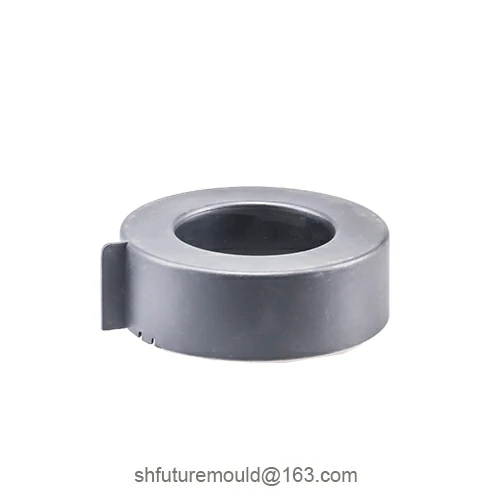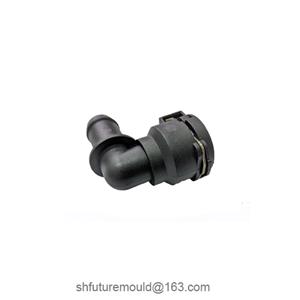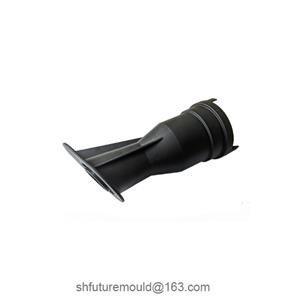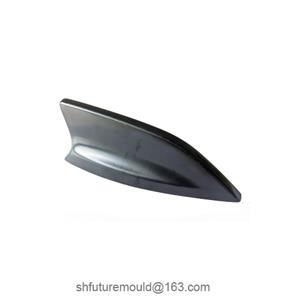Hot Runner Molds: Boost Efficiency & Reduce Waste
Injection molding is a cornerstone of modern manufacturing, and within this process, mold design plays a critical role. Traditional molds utilize a cold runner system, where excess plastic material cools and solidifies after each cycle, requiring removal and regrinding. Hot runner systems, however, offer a more advanced approach with distinct advantages and disadvantages to consider.
Advantages of Hot Runner Molds:
Reduced Cycle Times: Hot runner systems eliminate the need to cool the runner, significantly speeding up the overall molding cycle. This translates to increased production output and lower manufacturing costs.
Material Savings: Since no runner material solidifies, there's no waste to regrind. This not only saves on plastic but also eliminates the associated costs and environmental impact of regrinding. Material savings are particularly crucial for expensive resins.
Enhanced Part Quality: Hot runners maintain a consistent melt temperature throughout the mold cavity, leading to improved part quality with less stress and warping. This is especially beneficial for parts requiring high dimensional accuracy.
Design Flexibility: Hot runners offer greater design freedom compared to traditional molds. The ability to eliminate runners opens doors for complex geometries and closer part packing, optimizing product functionality.
Automation Compatibility: Hot runner systems integrate seamlessly with automated manufacturing processes. This simplifies material handling and reduces reliance on manual labor, contributing to a more efficient production line.
Disadvantages of Hot Runner Molds:
Higher Initial Cost: Hot runner systems involve more complex components compared to cold runner molds, leading to a higher upfront investment. The cost may not be justified for low-volume production runs.
Increased Maintenance Needs: Hot runners require routine maintenance to ensure proper functionality. This includes cleaning the nozzles and heaters, adding to overall mold upkeep costs.
Material Compatibility: Not all plastics are suitable for hot runner systems. Some materials are sensitive to heat degradation and may not perform well with this method.
Technical Expertise: Designing and operating hot runner molds requires a higher level of technical expertise compared to cold runner systems. This can impact initial setup and potential troubleshooting.
Choosing the Right System:
The decision between a hot runner and cold runner mold depends on several factors, including:
Production Volume: Hot runners excel in high-volume production where efficiency gains translate to significant cost savings.
Part Complexity: Complex parts with tight tolerances benefit from the superior control and consistency offered by hot runners.
Material Selection: Ensure the chosen plastic material is compatible with the continuous heat exposure of a hot runner system.
Budget Constraints: The upfront cost of a hot runner mold needs to be weighed against the long-term benefits like material savings and cycle time reduction.




